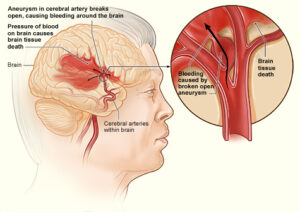- Biological Growth and Physical Development
- External proportions
- Biologic determinants of growth and development
| Age Group | Weight | Height |
| Infants | ||
| Birth to 6 months of age | Weekly gain: 140 to 200 g (5 to 7 oz)
Birth weight doubles by end of first 4 to 7 months |
Monthly gain: 2.5 cm (1 inch) |
| 6 to 12 months of age | Weight gain: 85 to 140 g (3 to 5 ounces)
Birth weight triples by end of first year |
Monthly gain: 1.25 cm (0.5 inch)
Birth length increases by ≈50% by end of first year |
| Toddlers | Birth weight quadruples by age |
Height at 2 years of age is ≈50% of eventual adult height
Gain during second year: About 12 cm (4.7 inches) Gain during third year: About 6 to 8 cm (2.4 to 3.1 inches) |
| Preschoolers | Yearly gain: 2 to 3 kg (4.5 to 6.5 pounds) | Birth length doubles by 4 years of age
Yearly gain: 5 to 7.5 cm (2 to 3 inches) |
| School-age children | Yearly gain: 2 to 3 kg (4.5 to 6.5 pounds) | Yearly gain after 7 years: 5 cm (2 inches)
Birth length triples by about 13 years of age |
| Pubertal Growth Spurt | ||
| Females: 10 to 14 years of age | Weight gain: 7 to 25 kg (15.5 to 55 pounds)
Mean: 17.5 kg (38.5 pounds) |
Height gain: 5 to 25 cm (2 to 10 inches); ≈95% of mature height achieved by onset of menarche or skeletal age of 13 years of age
Mean: 20.5 cm (8 inches) |
| Males: 11 to 16 years of age | Weight gain: 7 to 30 kg (15.5 to 66 pounds)
Mean: 23.7 kg (52.2 pounds) |
Height gain: 10 to 30 cm (4 to 12 inches); ≈95% of mature height achieved by skeletal age of 15 years of age
Mean: 27.5 cm (11 inches) |
-
-
- Double the height at 2 years of age to estimate how tall he or she may be as an adult
- Skeletal growth and maturation
- Factors that may influence skeletal muscle injury rates and types in children and adolescents
- Less protective sports equipment for children
- Less emphasis on conditioning, especially flexibility
- In adolescents, fractures that are more common than ligamentous ruptures because of the rapid growth rate of the physeal (segment of tubular bone that is concerned mainly with growth) zone of hypertrophy
- Factors that may influence skeletal muscle injury rates and types in children and adolescents
- Neurologic maturation
- In contrast to other body tissues, which grow rapidly after birth, the nervous system grows proportionately more rapidly before birth
- Lymphoid tissue
- At about 10 to 12 years of age, they reach a maximum development that is approximately twice their adult size but is followed by rapid decline to stable adult dimensions by the end of adolescence
-




